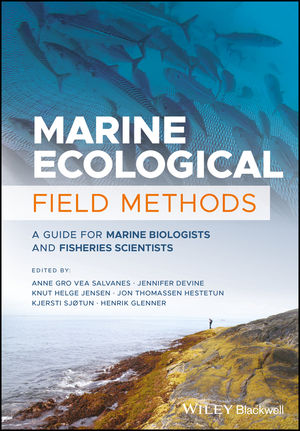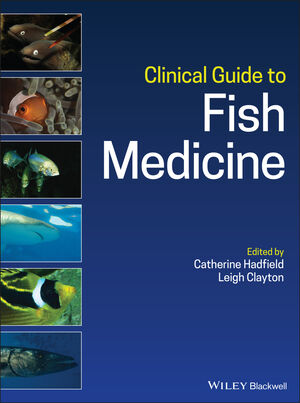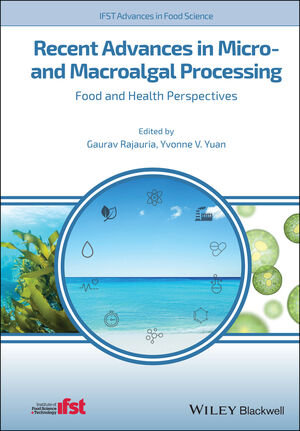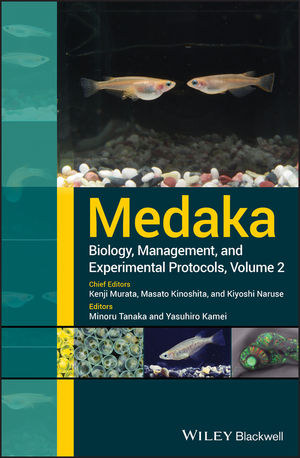
Features
Hatchery Operations
Hatchery Hack: Prepare your farm to weather any storm
Assessing your farm’s disaster plans in the case of extreme weather events
February 20, 2025 By Nicole Kirchhoff
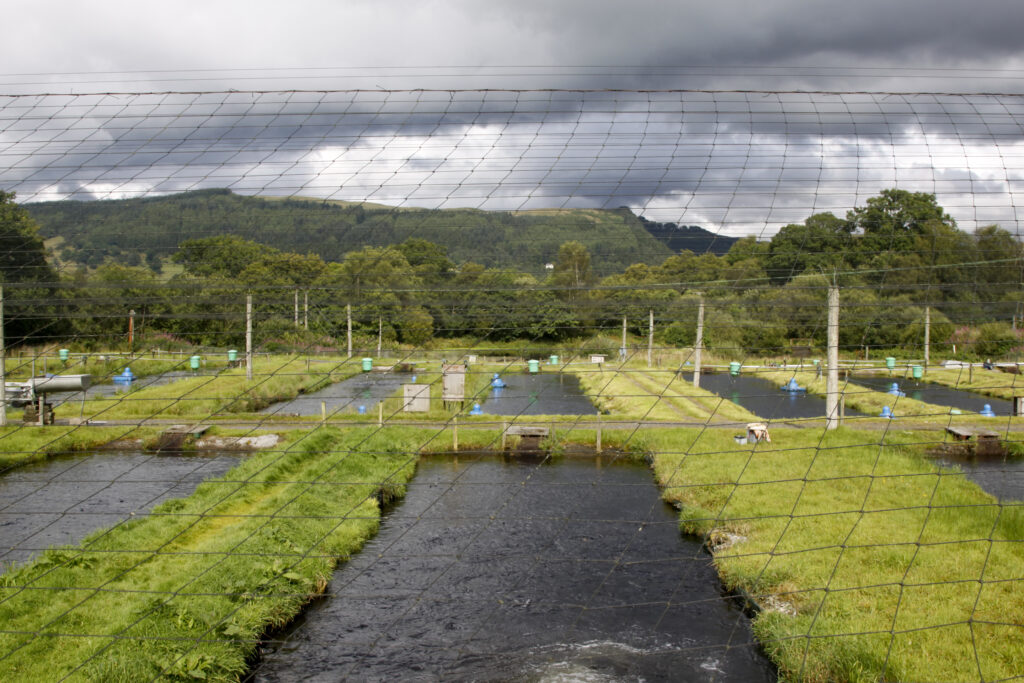 As we hear about more natural disasters around the world, hatchery managers can rely on technology to keep facilities storm-ready. (Photo: Moonstone Images/Getty Images)
As we hear about more natural disasters around the world, hatchery managers can rely on technology to keep facilities storm-ready. (Photo: Moonstone Images/Getty Images) Are we ever prepared enough?
That is the question I have been asking myself lately especially as I reflect on this past year, my first year as a writer for Hatchery International. How can I describe Hatchery Hacks in such a rapidly changing world? Let me explain.
Nearly weekly, we hear about a new unprecedented natural disaster hitting somewhere in the world – record breaking floods, heatwaves, blizzards/cold, and hurricanes/tsunamis. Many disasters are occurring in new locations, breaking all historic records for strength, and causing massive utility and/or infrastructure collapse.
Here in Florida, for example, we experienced two extremely devastating, late-season hurricanes within only weeks of each other in September and October 2024.
The first, Hurricane Helene, sent a storm surge higher than any 100-year level through the clam aquaculture capital of Florida and the third largest in the USA, causing near complete destruction. The second, Hurricane Milton, spawned a record-breaking 45+ tornadoes throughout the state.
One of these, an EF1 tornado, started at our hatchery door, sucking the door off our broodstock conditioning room, causing a mass electrical surge that zapped equipment, caused our automatic generator transfer switch to malfunction, and put a live electrical line down in our driveway. Only a few hours later, a massive EF3 tornado touched down within a mile of the farm and killed six people.
While we have been through hurricanes, two with near-direct eye hits on my farm, this one caused us a new level of stress and concern. As fellow farmer, Jane Davis of Evans Farms, said, “Every storm gives us new challenges.” And it made us completely rethink our disaster plan.
First, we will be investing even further in the latest alarms, virtual switches, and a tertiary set of backup equipment so that no one will ever have to stay at the farm during a natural disaster again. This time, instead of physically being at the farm during the tornadoes, we watched in real-time with our Starlink internet, Ring cameras, and iSocket alarms the tornado’s impact and backup generator engaging, well not properly engaging. But a few friends only a few miles down the road were at their farms and it was a wake-up call.
We were reminded our lives are more important than our businesses, especially when there is accessible and affordable technology that doesn’t require us to be there. Now that we know we can maintain the internet during a storm, even on backup power, we will be investing in more virtual switches so we can turn on and off secondary and even tertiary backup gear. We need even more real-time monitors so we can ensure fish wellbeing while also maintaining our safety.
Second, we will rethink the “vital” equipment for our backup power. Hurricanes, like so many other natural disasters, are not short-term events. Long after the eye of the storm passes, you must have special passes to be on the roads, and power crews cannot start working to restore power until the winds drop below gale force.
As the storm raged, we, fortunately, had a neighbour carefully walk into the farm, past the live, down power line, to manually engage our surge-malfunctioned generator. With the number of tornadoes and widespread deviation of this storm, we were looking at record-breaking power outages and an unknown amount of time before it was restored. As good friend, Eric Wagner of ProAquatix, put it, “This job is hard enough when we do have power.”
As the days marched on, the concerns grew. When sizing backup power, one prioritizes and limits power-hungry electronics. For example, blowers and water circulation pumps take priority, while lights, finer stage filtration, and temperature control may be able to wait until power returns.
But as the hours turned to days and an unknown end in sight, we couldn’t hold back feed from the fish anymore, which meant we needed lights and filtration. Equipment we didn’t think was vital for our aquatic animals suddenly became increasingly important to their life support. In an era of increasingly devastating natural disasters, our backup power plans must start to consider situations when power may be out for an indefinite period.
Finally, we learned our community can be more important than our disaster planning. Very soon after the storms, the texts from fellow farmers started rolling in. “Are you okay?” “Do you have power?” “What do you need?”
Government, farm service agents, even utility workers are not the first responders to our farms in disasters, it is our fellow farmers.
We are the ones on the ground, working to keep our animals and farms alive every second of the storm and immediately after the storm passes. We run to each other’s farms to loan spare blowers, and pumps, cut fallen trees out of access roads orhelp replace/repair broken vital equipment. We loan generators when a fellow farmer’s generator was crippled beyond repair. Give each other advice on what fish to prioritize or how to maintain them as best as possible as power outages rage on. We give each other a shoulder to cry on, to vent, an ear of understanding to the level of stress we are facing, knowing we aren’t alone.
Even after the storm, as fellow farmers were short on labour because their staff lost homes or transport, those of us awake for days needed a break, we were there for each other. This community became our lifeblood. And in so many ways was just as or more important than our disaster plans. And for this reason, cultivating a community near and far is something we will continue to foster and invest in. I highly encourage you to do the same.
This past year of writing for this magazine has been a wonderful gift. It has made me critically evaluate things I/we do around our farm on autopilot without thought and put them into words and practice. It has made me evaluate how we can do things better. And encouraged me to learn about all the new innovations in our field.
While aquaculture and its many techniques are not new, farming in the modern world is and I look forward to continuing to bring the latest hatchery concepts and techniques to my readers.
 Nicole Kirchhoff is the owner of Live Advantage Bait LLC (www.liveadvantagebait.com), a wholesaler of warmwater marine fish, fingerlings, and eggs for bait fish and food fish growout, research, and restoration located in Florida, USA. Kirchhoff has a PhD in Aquatic Animal Health and was Hatchery International’s Top 10 Under 40 in 2022.
Nicole Kirchhoff is the owner of Live Advantage Bait LLC (www.liveadvantagebait.com), a wholesaler of warmwater marine fish, fingerlings, and eggs for bait fish and food fish growout, research, and restoration located in Florida, USA. Kirchhoff has a PhD in Aquatic Animal Health and was Hatchery International’s Top 10 Under 40 in 2022.
Print this page
